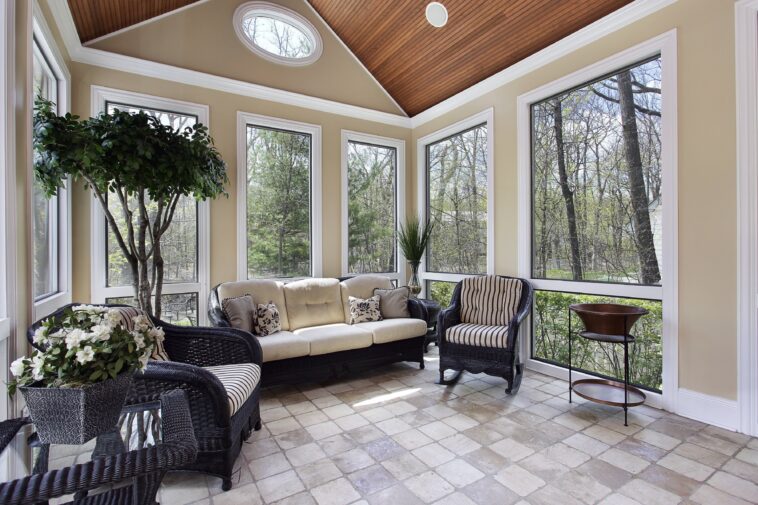Choosing the right windows and doors in Hamilton can significantly affect the energy efficiency of your home: make it more comfortable, as well as reduce your cooling or heating costs.
It is important not to make a mistake and choose the right products that are really energy-saving.
In this article you will learn:
- Differences between energy-efficient materials and all other raw materials;
- What to consider when choosing energy-saving windows and doors in Hamilton;
- What means the ENERGY STAR label;
- How to find a reliable manufacturer of such products.
By reading our article, you will make the best decision for your home and budget!
Types of Energy-Efficient Windows
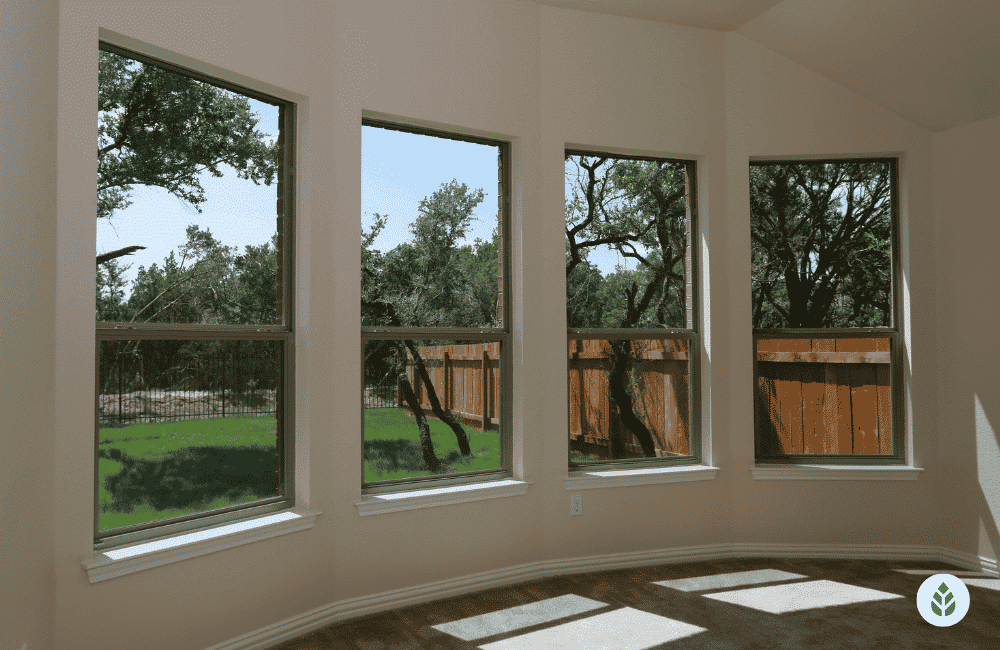
There are various types of energy-saving windows, and understanding their pros and cons can help you choose the option that best suits your needs.
When buying window systems pay attention to the following points:
- The material used for the production of window frames.
- Type of glazing: number of double glazing units, their insulation, and the presence of a coating on the glass.
- Design features: fixed or hinged models. The most energy-efficient models.
Let’s focus on each of these points in more detail.
Window frame material is an important factor to consider when choosing energy-saving products.
Today, the most common materials are wood, vinyl, aluminum and fiberglass.
Wood is a traditional variant that has been popular for many years. Although the wood retains heat perfectly, such windows are quite expensive ($650 – $1,300) and require regular maintenance. In addition, wood can quickly crack or rot in a humid climate, so any insulating properties will soon be lost.
You can use fiberglass instead of wood: it has a wood-like texture, but is more durable and does not need any special care. Fiberglass is a fine energy-saving material but it also tends to be quite expensive ($350 – $800).
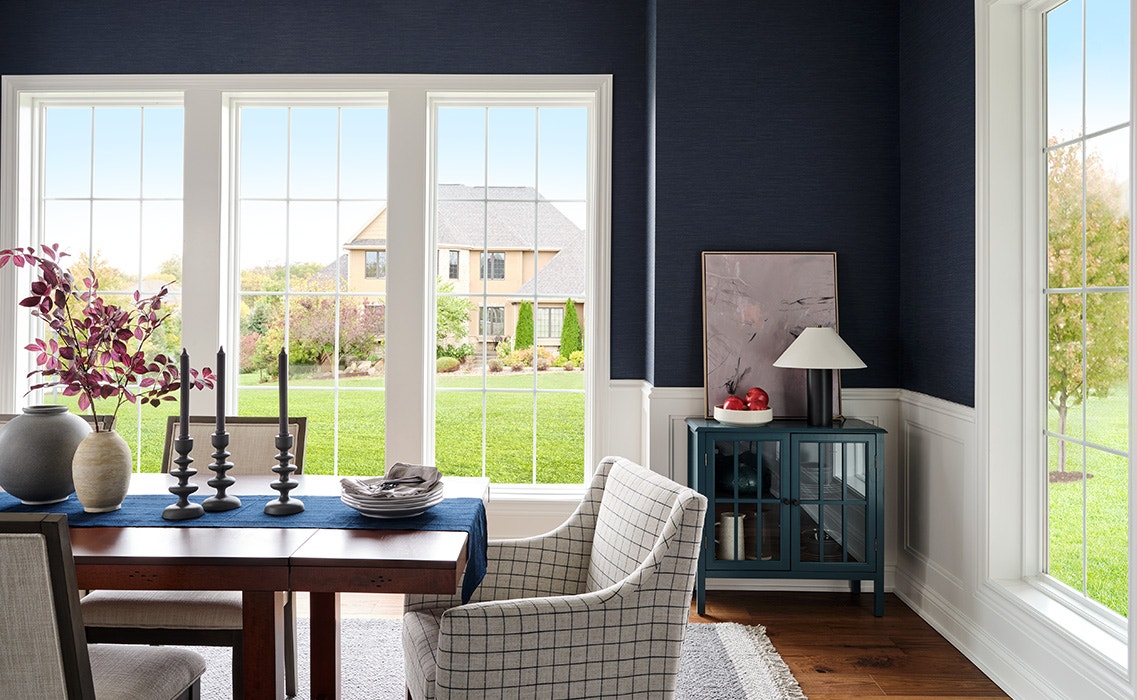
Vinyl is the best solution for modern homeowners. It is economical ($250-$600), requires minimal maintenance and is well insulated. Here you can find many different finishes and designs – everyone will find something to their liking!
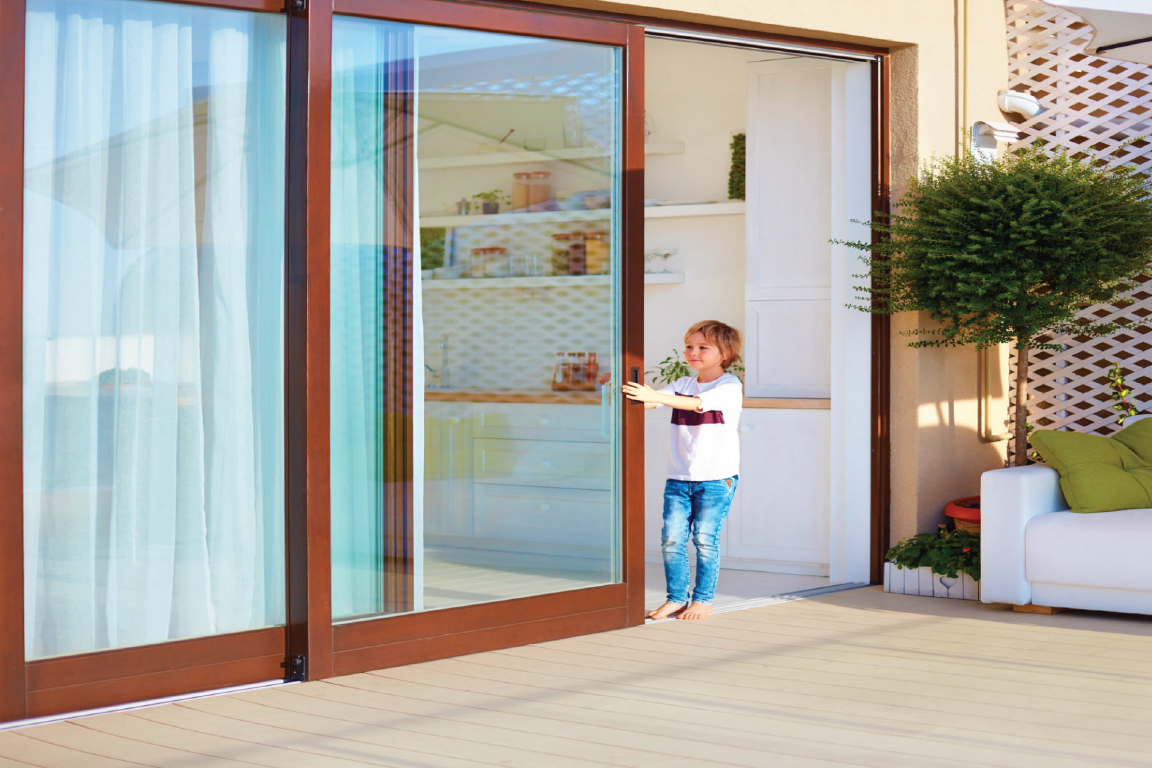
Aluminum is considered the cheapest raw material ($200-$500). It is a quite durable material with thin profile frames, but it conducts temperature and is not ideal in terms of insulation.
Another factor to consider is the type of glazing.
Single glazing is common in old homes. This option does not give the required insulation level, so it is not recommended for installation.
The most popular option is double-glazed window structures, in which the space between the glasses is filled with gas: argon or krypton. Gas plays the role of an insulator, making your home more comfortable, reducing noise and electricity costs.
Triple glazing is a little less common than double one. It is usually chosen by residents of the cold northern regions of the country, but they will also be more than appropriate in Hamilton.
We recommend choosing glass with low-emission (low-e) coating, which is the most energy-efficient option. The Low-e coating helps regulate the amount of heat that enters or exits your home, making it easier to maintain a comfortable indoor temperature. It also protects your furniture from UV rays.
The energy efficiency of your window structures is directly related to how much air they let through. From this point of view, the most energy-saving are fixed windows. Such structures are hermetic, and they are worth considering for installation where there is no need for regular ventilation.
In all other cases, homeowners should look at the hinged models. Casement windows are among the best in terms of insulation.
Types of Energy-Efficient Doors
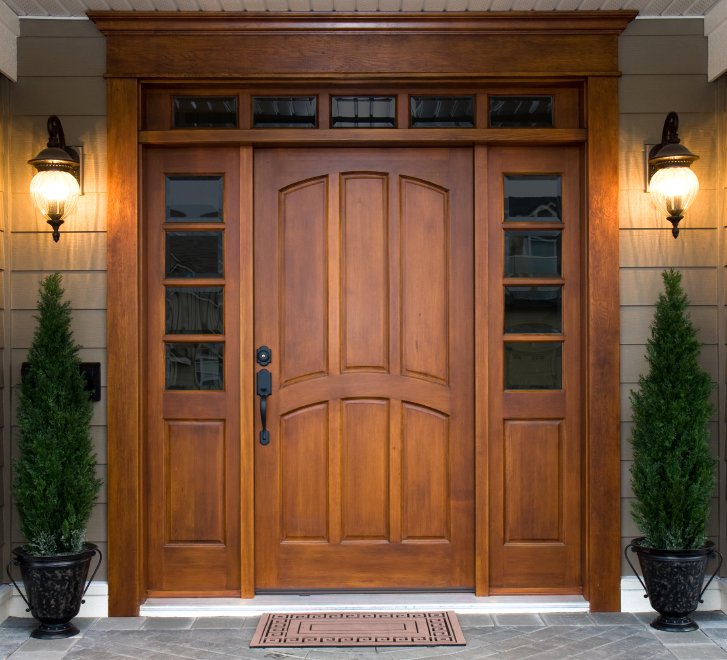
There are 3 main types of energy-saving doors:
Fiberglass doors
It is a popular choice for many homeowners who are looking for stylish energy-efficient options. These doors are made of composite fiberglass material and can look like traditional wooden doors.
Fiberglass doors provide excellent insulation and are resistant to heat and extreme weather conditions. For this purpose, they are additionally sealed with special seals.
In addition, such products don’t need any special care, requiring minimal maintenance for a long time.
Steel doors
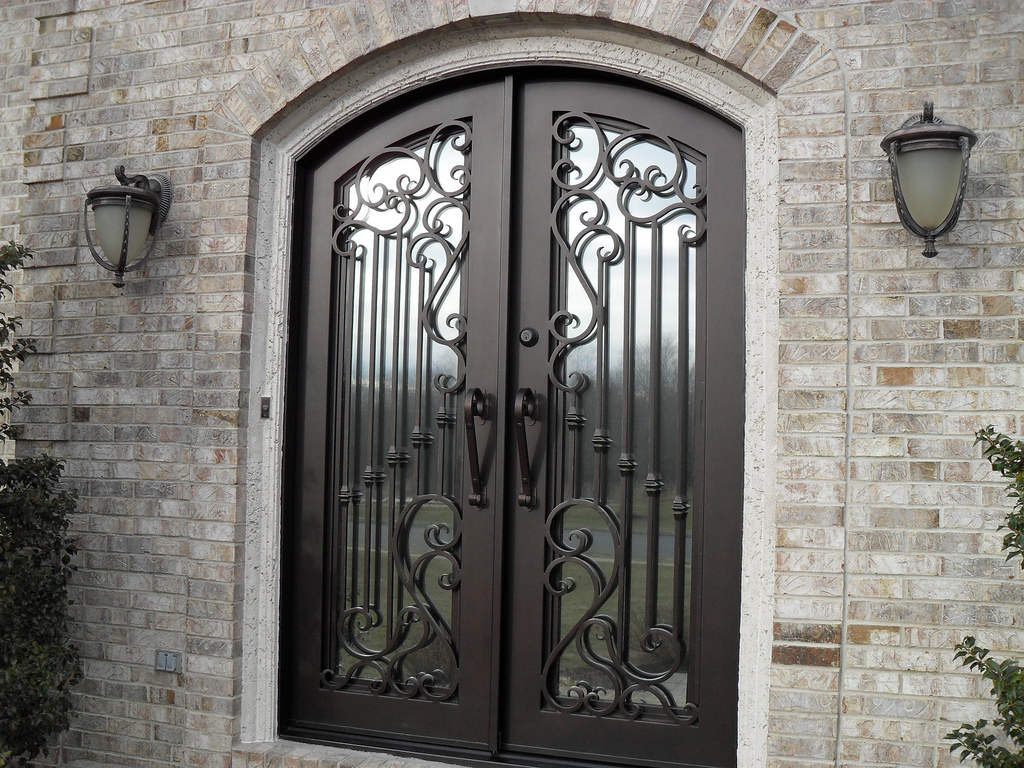
Another popular option of energy-saving doors. Such structures are very durable and resistant to wear. Steel doors have high insulation, which is achieved by special thermal breaks.
The robust design of these doors makes them the perfect sound barrier, making you feel comfortable without being distracted by outside sounds.
Sliding patio doors
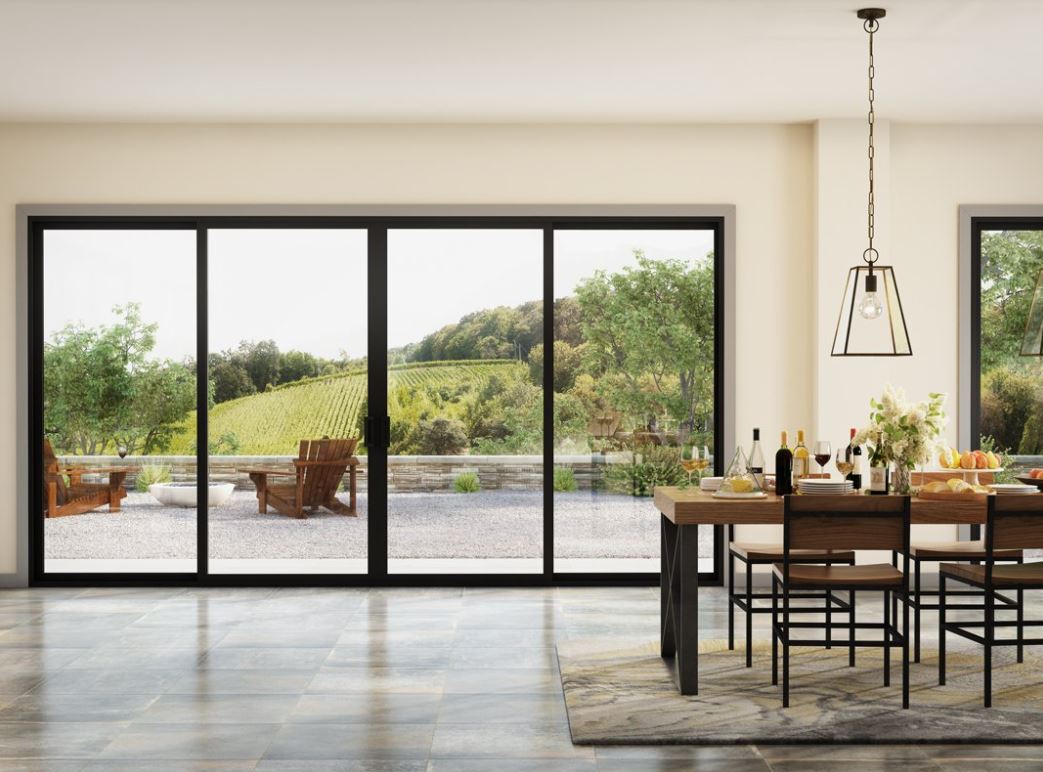
Such doors are made of durable tempered glass, where, for insulation, there is an inert gas (argon or krypton) between each glass panel.
In addition to the material, the energy efficiency of door systems can also be affected by:
Condition of gaskets
Old, cracked and worn seals can significantly reduce thermal insulation. This is caused by the friction that results from the regular opening and closing of door systems.
Frame type
As for the frame of the door, it is often made of vinyl. Such frames are the most energy-efficient because they are highly heat-resistant and do not require any special maintenance.
Installation quality
A professional installation ensures a more robust, hermetic fit of all structural elements. Do not neglect this moment and do not try to perform the installation yourself, as it can lead to the loss of thermal insulation properties. In addition, with such installation, you may lose the guarantee on your doors.
What to Look for When Buying Windows in Hamilton, Canada?
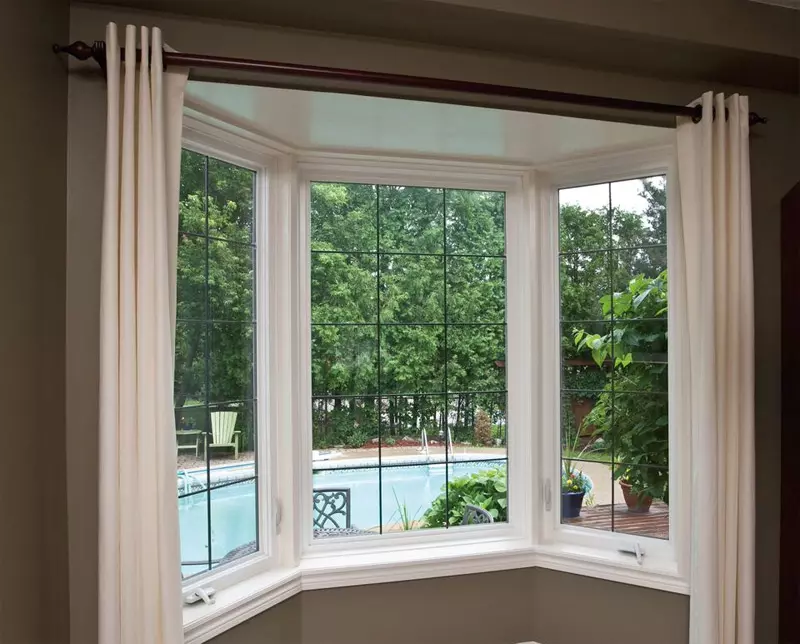
When looking for new windows and doors in Hamilton, check out the ENERGY STAR branded products.
This logo indicates that the product complies with the United States Environmental Protection Agency (EPA) recommendations on energy efficiency.
Thus, by buying windows and doors marked with the ENERGY STAR label, you can be 100% sure that they are energy-efficient products.
Here is a brief guide to ENERGY STAR terminology:
U-factor
This is a measure of insulation capacity. It ranges from 0.20 to 1.20, and the lower values are more effective. U-factor takes into account both window or door frame and glass and measures heat loss rate. The lower the U coefficient, the better the insulation.
Visible Transmission Coefficient (VT)

Measures the amount of visible light passing through the window. It is in the range of 0 to 1, with a high VT allowing more natural sunlight to enter your home. If you like a lot of natural light, look for a high VT window.
Solar Heat Gain Coefficient (SHGC)
Estimates the amount of solar radiation that passes through the window. It varies from 0 to 1, with a low SHGC blocking more heat from the house. If you live in a warm region, you may need a low SHGC window to keep your home cool.
Condensate resistance
Shows how well the window or door resists condensation. This value ranges from 0 to 100, with higher numbers more stable. If you live in a wet area, you may need door and window systems with higher condensate resistance. This helps prevent mold growth.



